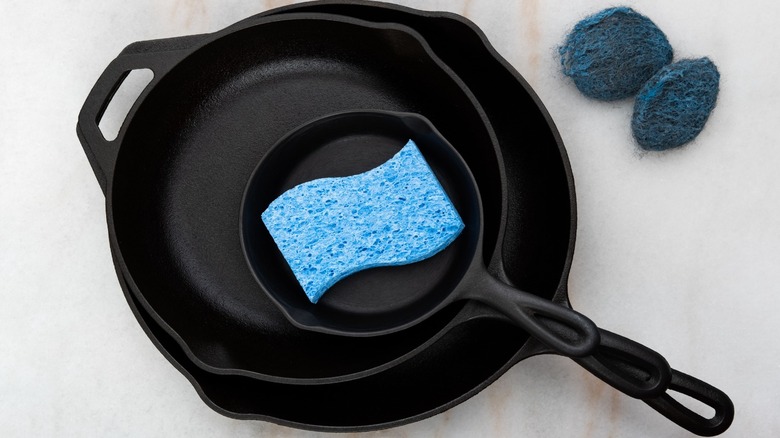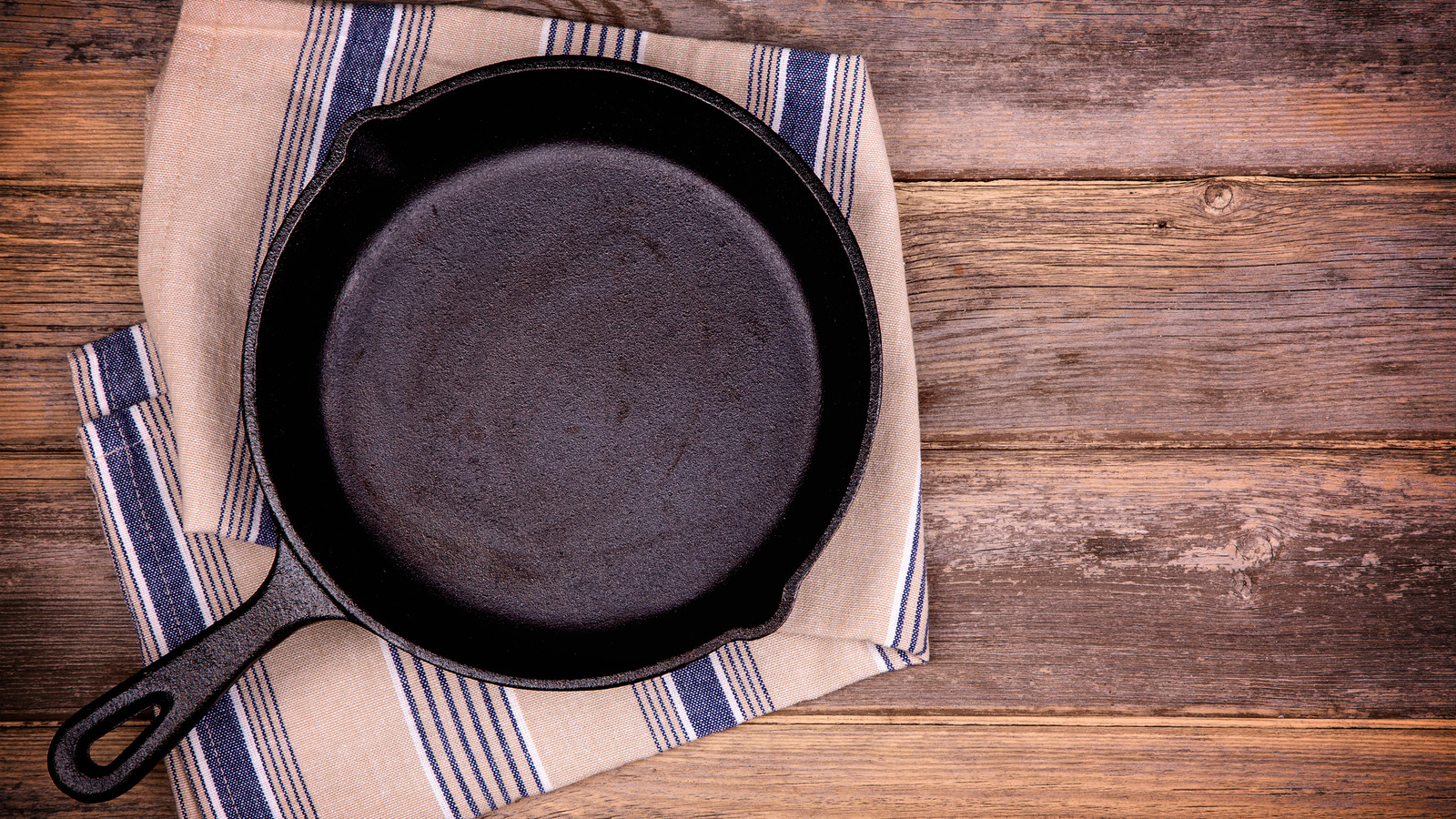Cast iron pans are a must-have for many cooks and chefs, prized for their versatility and ability to retain heat. Right next to a quality chef’s knife, a cast iron pan is a staple in any pro-cook’s starting kit. However, these pans can be a tad high-maintenance compared to their common non-stick counterparts. Sometimes, even the most seasoned cast iron enthusiasts may encounter a common problem: A sticky pan that is not only unsightly but also messes with the delicate texture and flavors of your food.
The consequences of cooking with a sticky pan can be plenty, but the reason is usually simple: improper seasoning. Maybe you were a bit carried away and applied too much oil, or the pan hasn’t been heated to a high enough temperature for the oil to polymerize. So, instead of a sleek, black patina that protects the pan, you end up with a gummy, tacky residue that spoils your food.
We wouldn’t blame you. Seasoning a cast iron pan can be quite an art form, after all. Also, the good news is that it’s fixable. You can restore your cast iron pan to its former glory with a little effort and, admittedly, some patience.
The pro way to clean a sticky cast iron pan

If you pick up your cast iron pan and notice a sticky film, your first instinct might be to pour in some hot water and give it a good scrubbing. While that can help remove some of the oil buildup, there’s a better way to remove the excess oil while also seasoning the pan.
First, preheat your oven to a scorching 450 to 500 degrees Fahrenheit – the temperature necessary to fully polymerize the excess oil. While the oven is heating up, place your sticky pan upside down on the top rack. This positioning allows any excess oil to drip off the pan and onto the bottom of the oven. Pro tip: Place a baking sheet or foil on the bottom rack to catch any drips and simplify cleanup.
Then, let the pan bake in that position for a full hour. During this time, the high heat will cause the remaining oil to bond with the iron and create a non-stick, rust-resistant surface. After an hour, turn off the oven and allow the pan to cool completely before removing it. Repeat if the pan still feels a bit sticky after this process, until you see that pristine, shiny patina. It may take a couple of rounds before your cast iron pan returns to its slick self. Once you’ve got your pan back in tip-top shape, brush up on some cast iron pan cooking tips and start whipping up delicious meals with it again!







